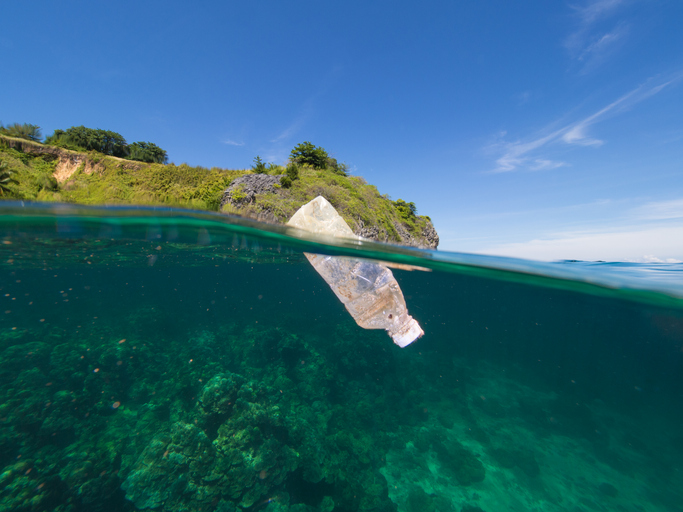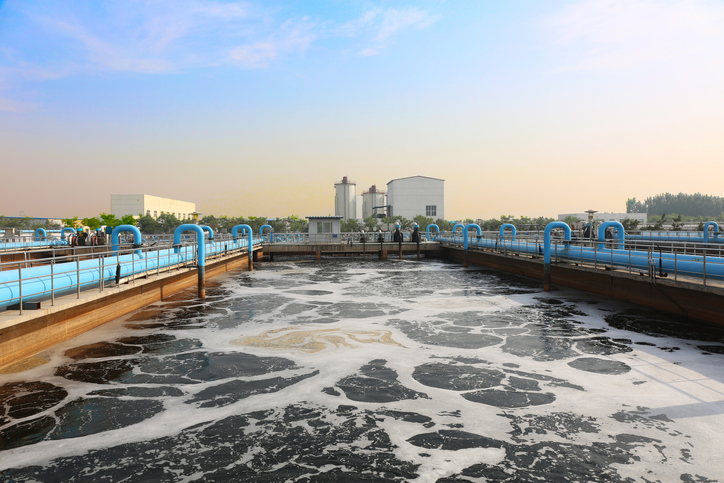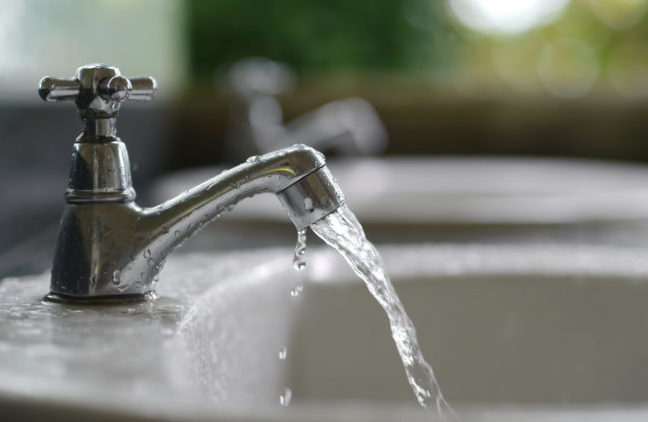From teeming landfills, choked rivers, and Pacific Ocean garbage gyres, to potential harm to marine and animal life from micro-plastic debris spanning the poles to the deepest part of the oceans, the growing proliferation of plastics is triggering a growing realization that the world has a plastics problem. This is not just an environmental pollution problem. Scientists are beginning to understand that plastics – from cradle to grave – potentially could have an unrealized significant impact on global climate change.
Earlier this month, the Center …
Continue Reading









